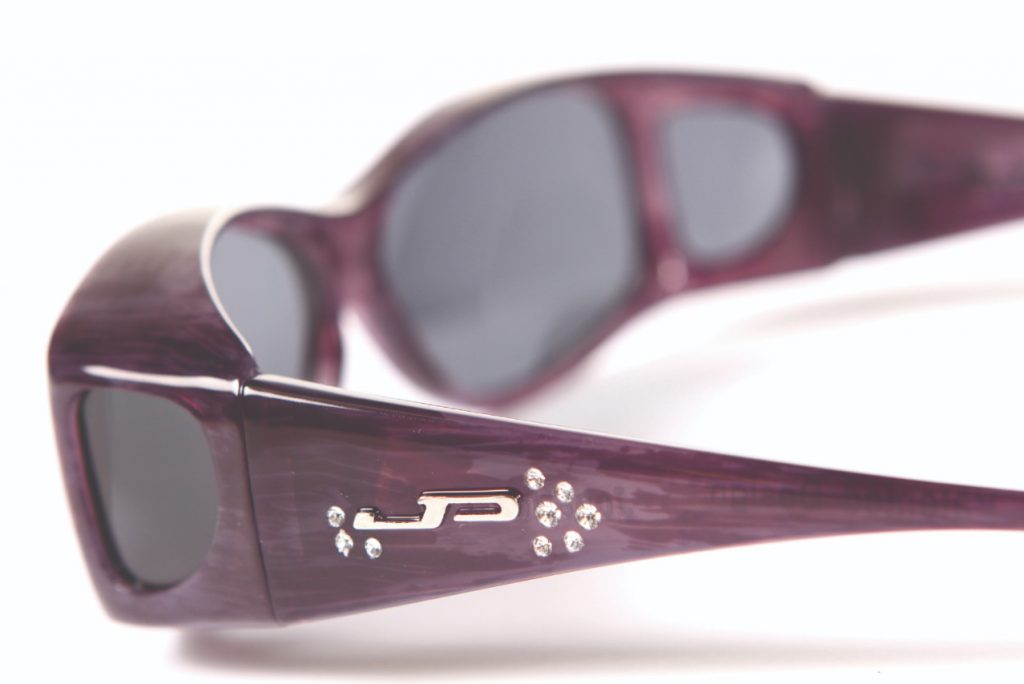Fitovers have been around since the 1980s,
and they’re as popular today as they ever have been.

If you’re considering fitovers for summer, taking time to considering the nuances of the category will be time well spent. There are three key design elements to know before you buy, such as the frame, the temples and the lens system. These three fundamentals dictate the overall performance with any fitover, whether you buy an expensive pair or a pair from your local Walmart. And fitovers are there to perform a specific function. It’s not all about the aesthestics.
The Frame
You need to know two things: what material the fitover is made from and whether it has an undercarriage. Nylon is softer than hard plastic, and a soft pliable material is much more comfortable to wear because it cushions the fitover when it comes in contact with the glasses that it’s riding on.

The second feature is the most critical. The frame must have an undercarriage. If the bottom of the frame doesn’t have a return underneath the lens, light can penetrate from below, as much as 70 percent from the pavement, road, sand or water, and the level of performance of the fit-over is compromised. So be sure to look for a fit-over that has a complete top, peripheral and underside protection. When your eyes are isolated from the elements, they are getting the much-needed break and the fitovers are performing their job.
The Temples
The temples are often more important than the undercarriage. What’s critical is that the temples are adjustable so you can position them in different ways based on your individual preference.
Constant pressure on your temples from a pair of fitovers that you can’t adjust will create pressure and discomfort. Remember you are wearing two pairs of glasses. When you wear a pair of high quality, customizable fitovers that feel neither too loose nor too tight, you shouldn’t even notice that you have them on. You can test if you have a secure fit by looking down at your feet. If the fitover slides forward, you need to be able to adjust the temples.
The Lenses

Your lenses are the centerpiece of the fitover. A poor-quality lens will deliver poor performance and a well-designed fitover should have a set of front and side shields. The front lenses should block 100 percent UVA and UVB rays and be 100 percent polarized to eliminate glare. The side lenses should have the exact same tint and transmission ratio as the front lenses for a more stable environment for your eyes. The side lenses do not need polarization because you are not looking directly through them. Test the side lens by pressing on it to be sure it doesn’t pop out.











